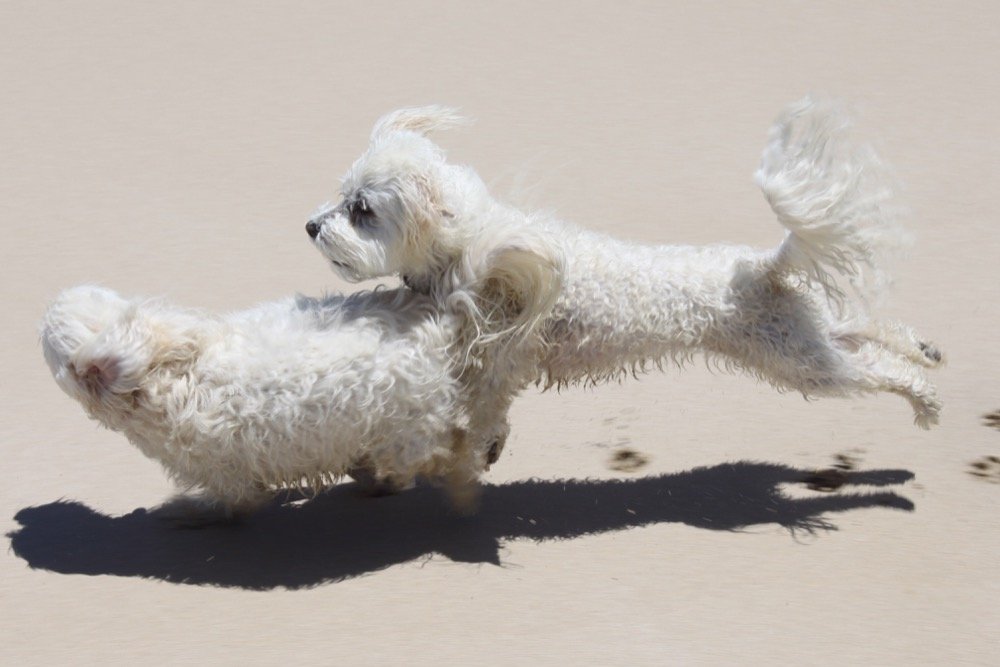Spring is always a beautiful time of year with its bright glow almost erasing the grim, grey of winter. You and your dog will have your best walks at this time, neither too warm, nor too cold, but beware – all the natural beauty around you can bite. Some of those pretty flowers are dangerous to your dog.
Symptoms of a poisoned dog can include vomiting, diarrhoea, drooling, the dog may become too weak to move properly. If your pet displays any of these symptoms after or during a walk they need to attend the vet immediately, as they may have been in contact with a poisonous plant.
If you have a really curious dog, or a pup you haven’t quite finished training yet, it’s a good idea to keep your dog in sight at all times, and to keep them on a lead if near flower beds or planted areas. You should also take the time to train them to drop items on command. With that in mind, here are some plants you really must avoid.
Daffodils
Among the first signs of spring, daffodils will bloom until May. Many younger dogs may try to dig up daffodil bulbs, but don’t let them as while they are beautiful they are also extremely dangerous if consumed by your dog. Not only are the bulbs highly toxic, but the plants themselves contain a toxic substance called lycorine, which can cause severe symptoms. In some cases, it can kill your dog.
Rhododendron
The entire rhododendron plant is dangerous for dogs..
Foxgloves
Foxgloves contain a natural poison called cardiac glycosides that can affect the heart. This is just as dangerous for humans as it is for dogs.
More Dangerous Plants
Here, thanks to Together For Animals, is a list of other plants you should beware of when walking with your dog.
- Autumn crocus (Colchicum autumnale)
- Bluebells (Hyacinthoides species)
- Common poppy (Papaver rhoeas)
- Cotoneaster (Cotoneaster species)
- Crocuses (Crocus species)
- Dumbcane (Diffenbachia species)
- Garden star-of-Bethlehem (Ornithogalum umbellatum)
- Grape vine fruits (Vitis vinifera)
- Giant hogweed (Heracleum mantegazzianum)
- Holly (Ilex aquifolium)
- Horse chestnut (Aesculus hippocastanum) – look out for conkers in autumn that can cause problems such as gut blockages
- Hyaciniths (Hyacinthus orientalis)
- Ivy (Hedera helix)
- Laburnum (Laburnum anagyroides)
- Lily of the valley (Convallaria majalis)
- Mistletoe (viscum Album)
- Onion and garlic plants (Allium species)
- Oak (Quercus species) – look out for acorns in autumn that can cause problems such as gut blockages
- Oleander (Nerium oleander)
- Potato plants (Solanum tuberosum)
- Pieris plants (Pieris species)
- Rowan (Sorbus aucuparia)
- Rhubarb plants (Rheum species)
- Snowdrops (Galanthus)
- Tulips (Tulipa species)
- Yew (Taxus species)




